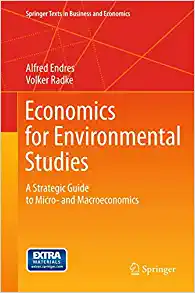Question
Solve. the following questions in the attachments. 1. (Analytical Exercise) Suppose that the United States and Canada produce clothing (C) and food (F). The U.S.
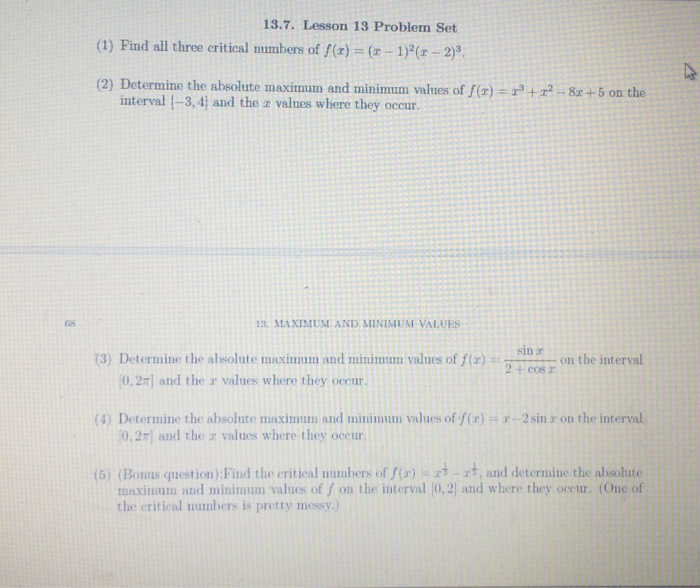
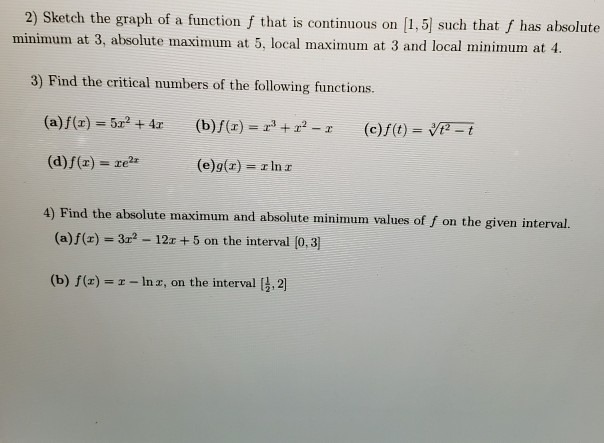
Solve. the following questions in the attachments.
1. (Analytical Exercise) Suppose that the United States and Canada produce clothing (C) and food (F). The U.S. has an endowment of 200 man-hours, each of which can produce either 2 units of clothing or 2 units of food. Canada has an endowment of 300 man-hours, each of which can produce either 1 unit of clothing or 2 units of food. (a) Which country has an absolute advantage in each good? (b) Derive opportunity costs and examine comparative advantages. i. For each country, what is the opportunity cost of clothing? ii. For each country, what is the opportunity cost of food? iii. Which country has a comparative advantage in each good? (c) Draw the production possibility frontiers for both economies (draw the production of clothing on the x-axis and of food on the y-axis). Use a different graph for each economy. (d) On your graphs in part (c), indicate consumption of goods in each economy. You do not need to derive exact quantities. (e) Let Pc/PF denote the relative price of clothing. In the following, we will derive the autarky equilibrium of each economy. i. For each country, use the production possibility frontiers above to derive the quantity of production of each good. ii. Put Pc/PF on the y axis and Qc/QF on the x axis of a graph, and draw the relative supply curves in each economy under autarky. Use a different graph for each economy. iii. In each economy, the relative demand is: 1 Dc/DF = %3D (Pc/PF) Solve the equilibrium relative prices and relative quantities in each economy. iv. Do these curves depend on the economies' endowments in terms of number of man-hours? (f) Now assume that these economies open up to international trade. i. Derive the quantity of world production for each good.
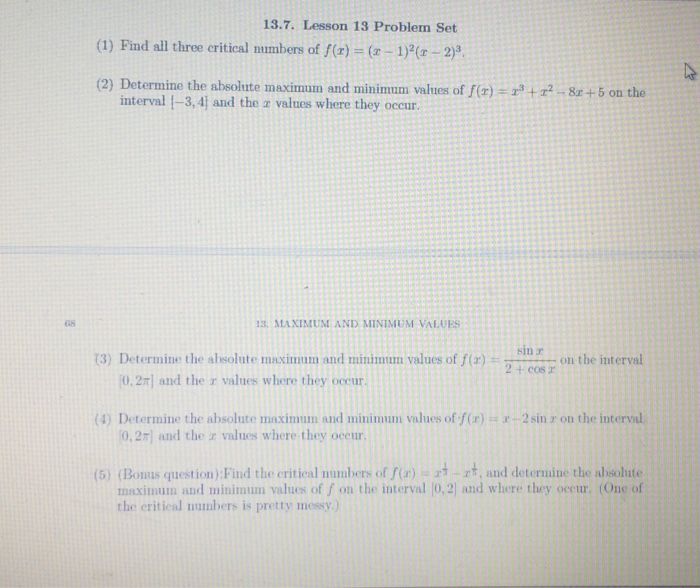
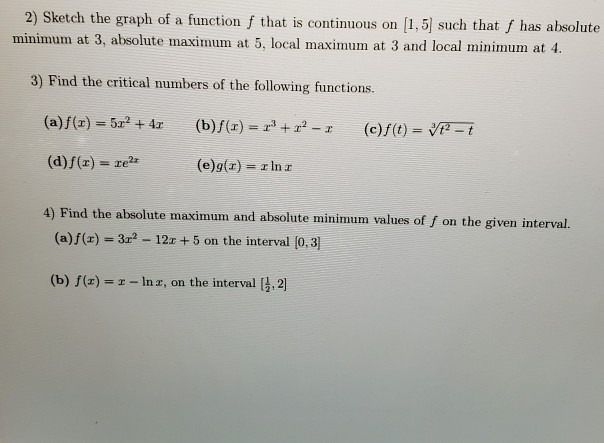
Step by Step Solution
There are 3 Steps involved in it
Step: 1

Get Instant Access to Expert-Tailored Solutions
See step-by-step solutions with expert insights and AI powered tools for academic success
Step: 2

Step: 3

Ace Your Homework with AI
Get the answers you need in no time with our AI-driven, step-by-step assistance
Get Started


